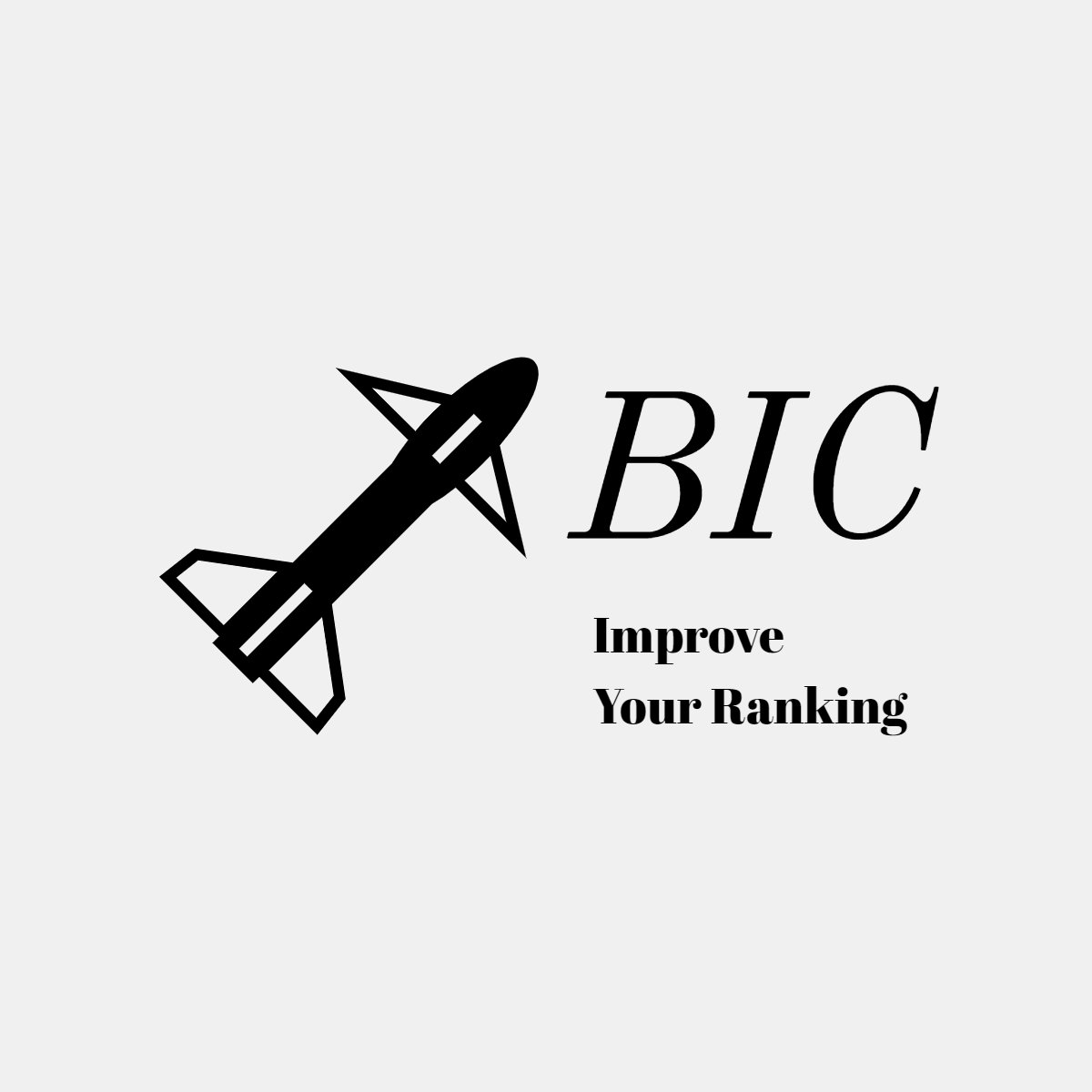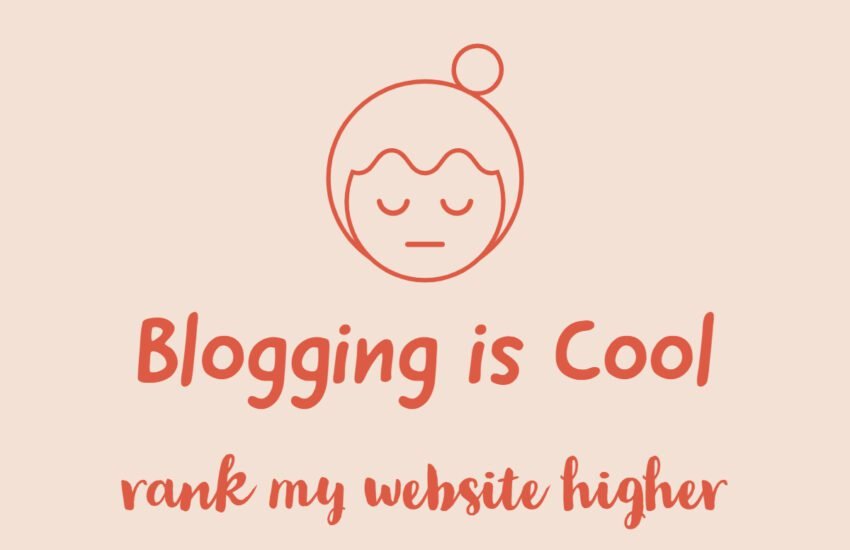How to Use Internal Links to Improve Your Google Ranking
What are Internal Links?
Internal links are an essential tool for improving your website’s visibility and ranking on Google. By strategically incorporating internal links throughout your site, you can help search engines discover new pages, pass page rank effectively, and provide better context to search engines about the content of your pages. In this article, we will discuss how to use internal links to rank higher in Google and maximize the benefits they offer.
1. Help Search Engines Discover New Pages
One of the primary benefits of internal linking is that it helps search engines discover new pages on your website. When you create internal links from one page to another, search engine crawlers can follow these links and navigate through your site more effectively. This allows them to index and rank your pages more efficiently, increasing their visibility in search results.
To make the most of this benefit, it’s important to create a logical hierarchy on your site. This means organizing your pages in a way that makes sense to both users and search engines. By grouping related content together and creating a clear structure, you can guide search engine crawlers to important pages and ensure that all your content is easily discoverable.
2. Help Pass PageRank Around Your Site Effectively
Internal links also play a crucial role in passing PageRank around your website. PageRank is a metric that Google uses to determine the importance and relevance of a page. When you link from one page to another, you are essentially sharing some of the PageRank of the linking page with the linked page.
By strategically interlinking your pages, you can distribute PageRank effectively, boosting the authority and visibility of important pages on your site. It’s essential to prioritize internal links to your most valuable and relevant content, as this will help search engines understand the significance of those pages and rank them higher in search results.
3. Help Search Engines Understand Page Context
In addition to helping search engines discover new pages and pass PageRank, internal links also provide valuable context about the content of your pages. When you link from one page to another using relevant anchor text, you are signaling to search engines what the linked page is about.
To make the most of this benefit, it’s important to use clear and descriptive anchor text when creating internal links. Instead of using generic phrases like “click here” or “learn more,” use keywords and phrases that accurately describe the content of the linked page. This helps search engines better understand the relevance and context of your pages, ultimately improving their visibility in search results.
Using Internal Links Effectively
Now that you understand the importance of internal links, let’s discuss some strategies for using them effectively:
Create a Logical Hierarchy on Your Site:
Organize your pages in a way that makes sense, with broader topics at the top and more specific subtopics underneath. This helps search engines understand the structure of your site and navigate it more effectively.
Show Clear Structure:
Make sure your website has a clear and intuitive navigation menu that allows users and search engines to easily navigate between pages. Include relevant categories and subcategories to help users find the information they’re looking for.
Use Content Hubs:
Create content hubs or pillar pages that cover broad topics and link to more specific subtopics. This helps search engines understand the relationships between different pages and boosts the visibility of your content.
Interlink Between Pages:
Look for opportunities to create internal links between relevant pages on your site. For example, if you have a blog post about “10 Tips for SEO,” you can link to other related articles such as “The Importance of Keyword Research” or “On-Page Optimization Strategies.” This not only helps search engines understand the context of your content but also improves user experience by providing additional relevant information.
Use Google Search Intent:
Consider the search intent behind specific keywords and phrases and use that information to find opportunities for internal linking. For example, if you have a page optimized for the keyword “best running shoes,” you can create internal links to related pages such as “How to Choose the Right Running Shoes” or “Top Running Shoe Brands.” This helps search engines understand the user’s intent and improves the overall relevance of your content.
Conclusion
Internal links are a powerful tool for improving your website’s visibility and ranking on Google. By creating a logical hierarchy, using clear structure, interlinking between pages, and leveraging Google search intent, you can maximize the benefits of internal links and enhance your overall SEO strategy. Remember to use descriptive anchor text and prioritize internal links to your most valuable content. By incorporating these strategies, you can effectively use internal links to rank higher in Google and drive more organic traffic to your website.


